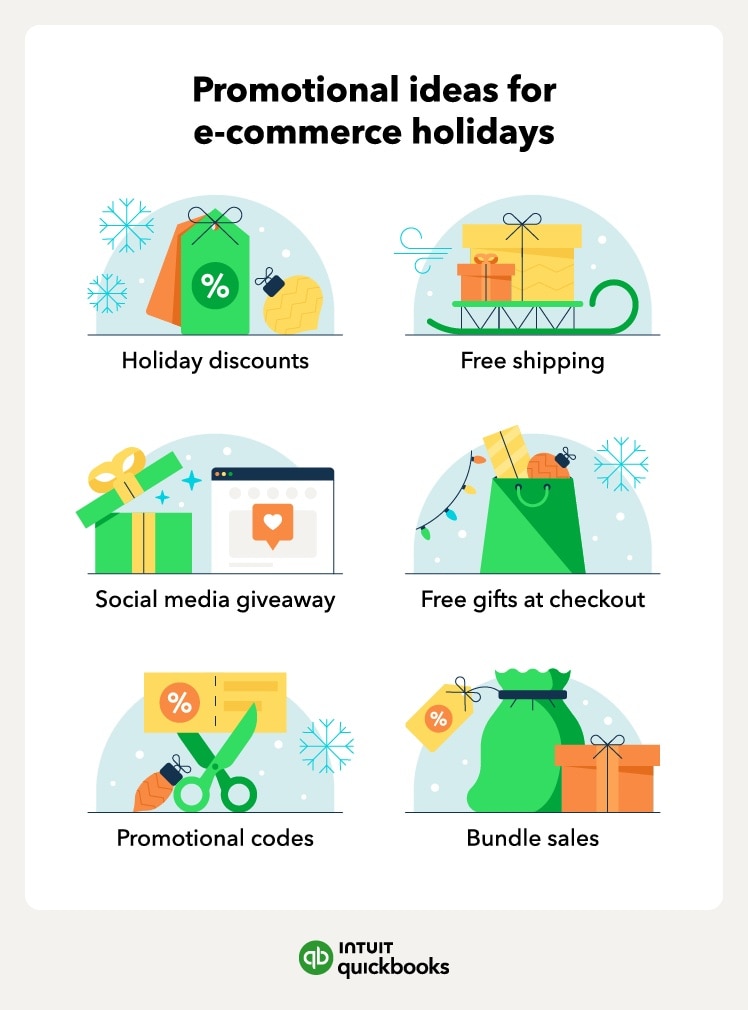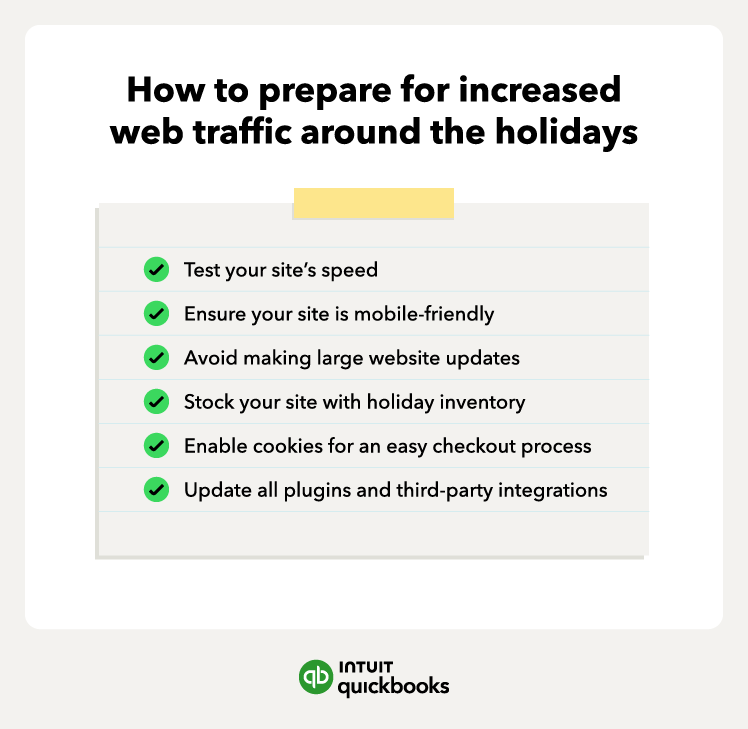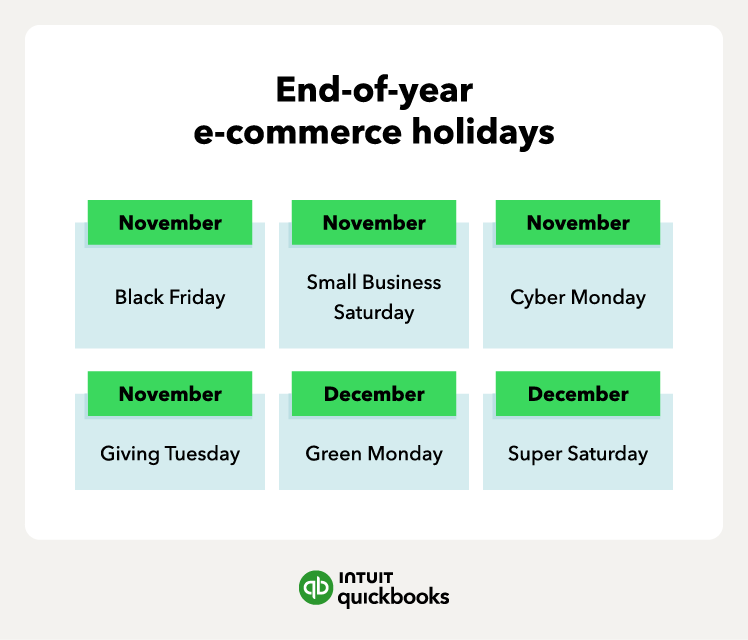Many small businesses rely on holiday season sales for cash flow to support them throughout the year. A good holiday e-commerce sales strategy can make all the difference. However, you need to start preparing as soon as possible.
Many shoppers tend to start holiday shopping before Thanksgiving—and many will shop online. Online holiday sales rose 10.6% last year versus 6.8% for in-store, according to MasterCard. E-commerce sales during the holiday season now account for nearly 22% of all retail sales.
However, the end of the year isn’t the only time you can capitalize on holiday sales. Planning for holiday sales should be a year-round activity. Let’s look at the best e-commerce tips and strategies to prepare for your holiday strategy:
- Use a holiday sales calendar
- Craft a holiday season sales plan
- Build your holiday marketing strategies
- Include holiday spirit in your site design
- Optimize your e-commerce store for traffic
- Make your site easy to navigate
- Streamline the checkout process
- Create a flexible return policy
- Allocate time for customer support
- Plan for e-commerce seasonality
















